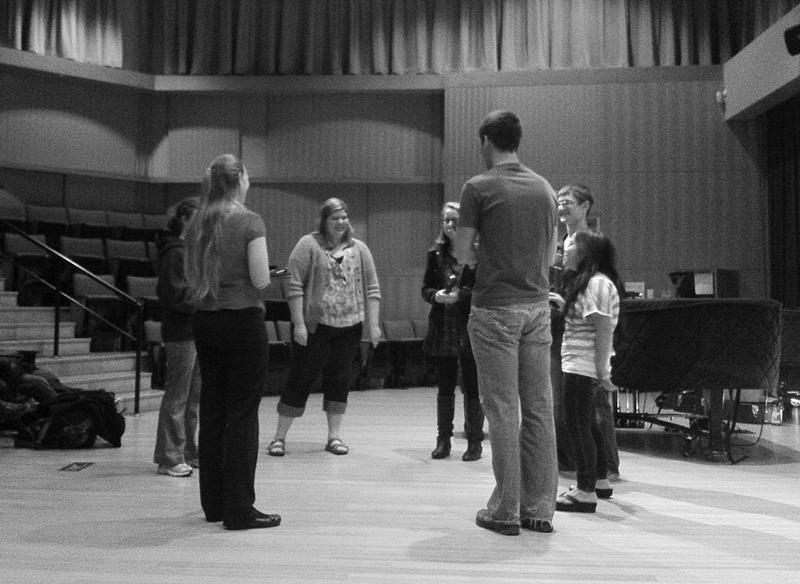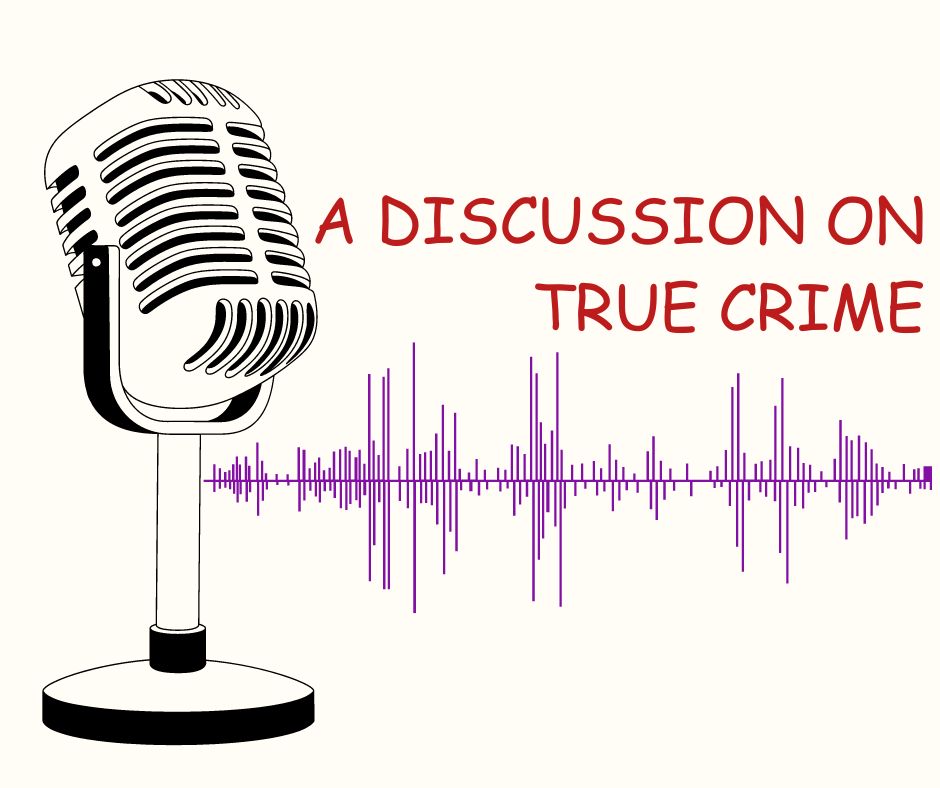
For some people, music is more than a form of entertainment—it also plays an important role in the medical field.
Linfield alumna Heidi Edmonds presented “What is Music Therapy?” in Delkin Hall on April 4, explaining how and why different groups of patients can benefit from music.
Music can improve cognition and respiratory strength, along with communication and expression. With dancing, it can also benefit one’s physical ability. These qualities can help maintain the brain’s performance when treating patients at all stages of dementia.
Music therapy can improve one’s reality orientation and give the person a sense of control. These qualities can be used to treat patients with mental health problems, such as mental disorder, depression, eating disorders or schizophrenia.
The therapy can be engaging and interactive. When demonstrating how the social interaction and communication goals can be achieved when treating patients with autism, Edmonds invited six students to play tone bars with her. They took turns playing the single-pitch musical instrument and had to signal the next student to make a sound by looking into that student’s eyes. In real-life treatments, patients are encouraged to interact with people through non-verbal communication.
In the medical setting, music therapy is mostly one-on-one. Sometimes family members of the patient may also participate.
Musical therapists may follow a patient through various wards of the hospital to address different needs.
The therapy can also act as a co-treatment to distract or relax patients undergoing unpleasant medical procedures like chemotherapy. This is supported by the gate control theory of pain, which suggests that pain and music travel in the same pathway in the body and with music, there will be less room for the intake of pain.
There are also other theories supporting music therapy. One is the theory of music and speech pathways, which suggests that music and speech travel in different pathways, thus, patients with damaged speech ability can learn to speak through singing. Another is entrainment, which synchronizes music with heart rate. The music is then slowed down to lower the heart rate.
Edmonds, who graduated with a bachelor’s degree in music in 2010, is a senior studying music therapy at Marylhurst University.
She enjoys working with people and said she thinks that music therapy is a way to “combine music knowledge with the interest in helping people.”
For Linfield students who are interested in the field, Edmonds advised them to consult the website of American Music Therapy Association for information of the programs available.
____________________________________________________________________________________________
Cassie Wong/For the Review
Cassie Wong can be reached at [email protected].






